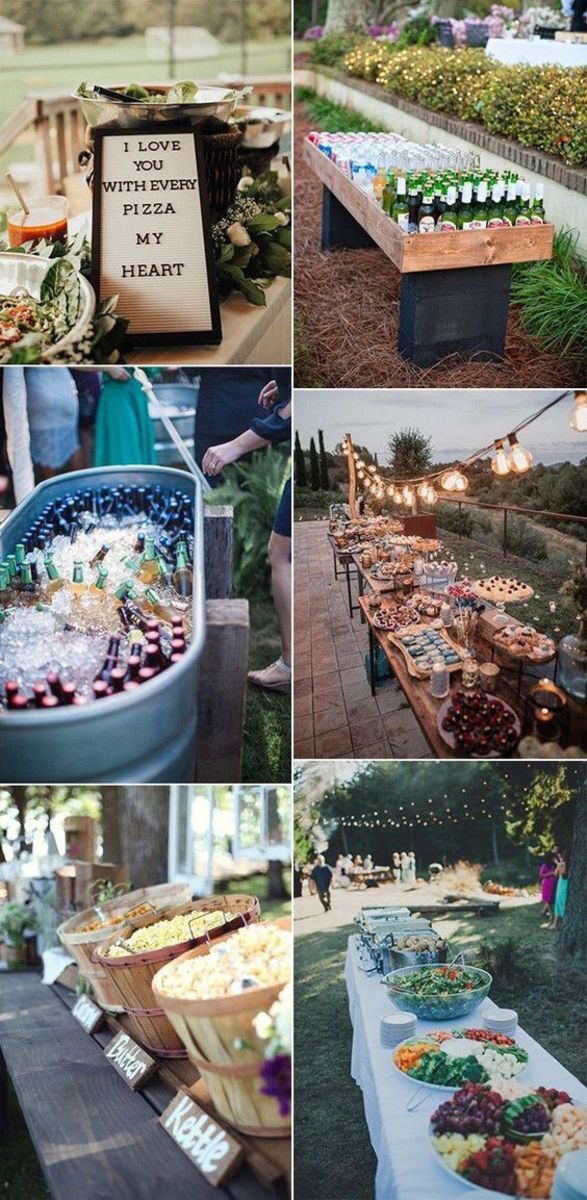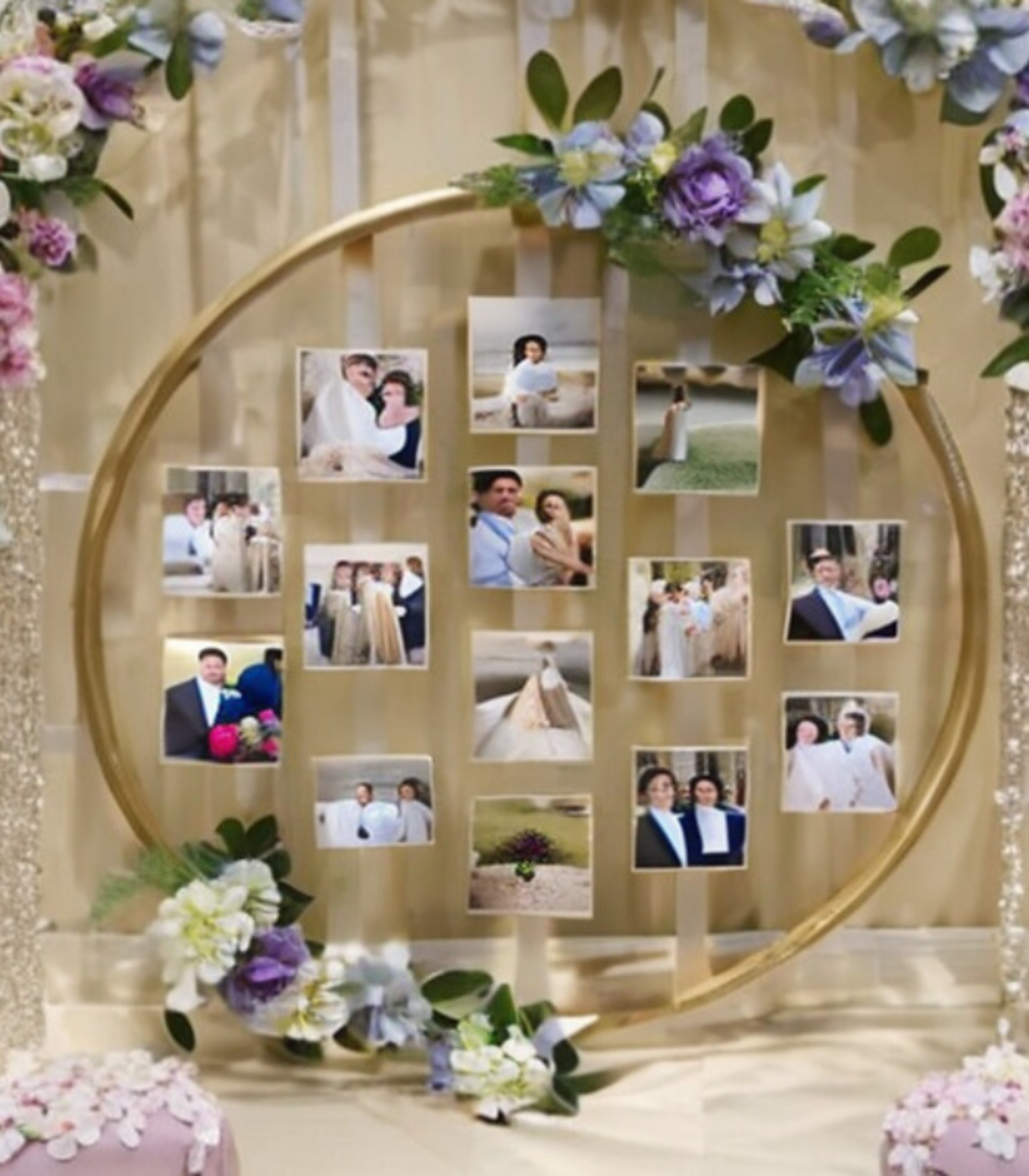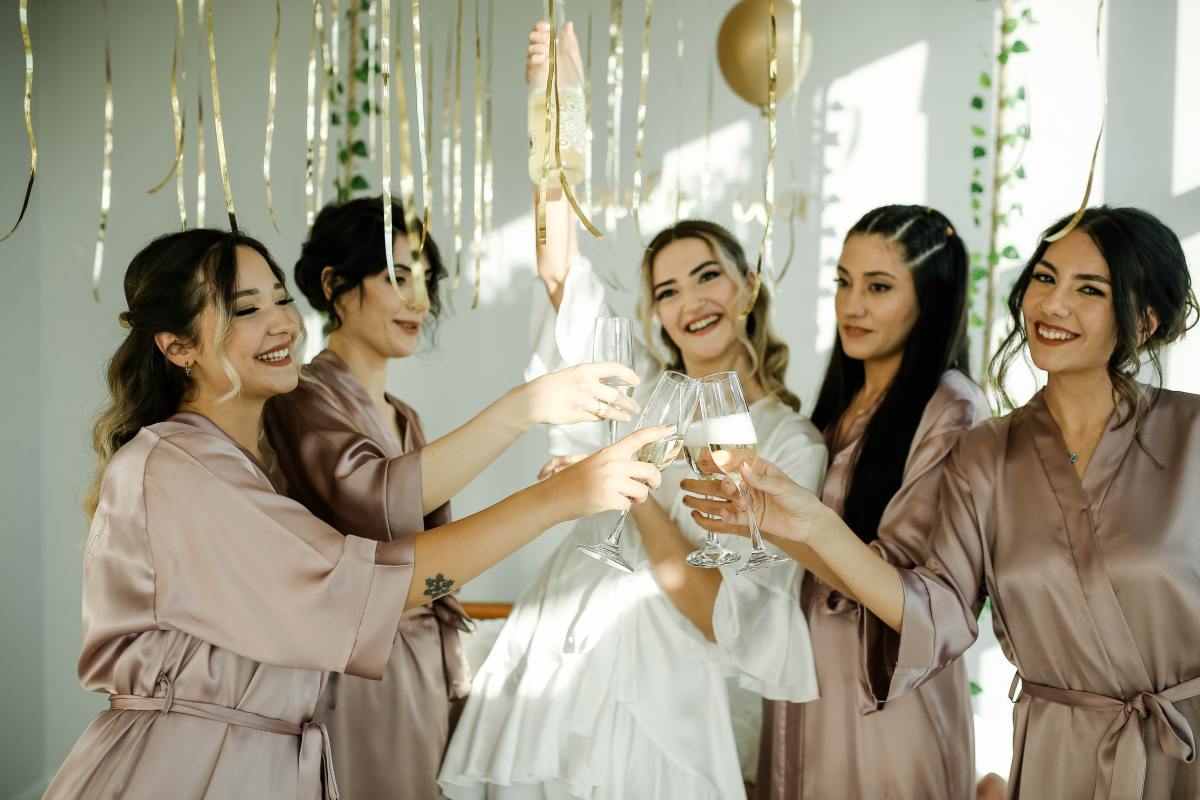Global Wedding Traditions
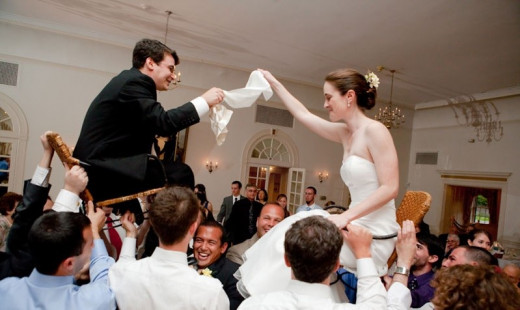
Many of the wedding traditions we see today are actually ancient and in most cases, derive from various parts of the world. With the global village that we have become, many couples come from differing cultural backgrounds, more so than ever before. As a result, it is important for couples to celebrate their respective family traditions by incorporating a few into their wedding themes. Whether it is a ceremony reflective of differing religious beliefs or a reception sprinkled with varying customs, embrace it because it will make your day a memorable one for everyone involved.
This article will take a peek into the "world" of weddings, literally. See if you can recognize any that we use today in our traditional wedding customs.
African
In this culturally rich part of the world, there are plenty of customs. During the ceremony a couple is bound together at the wrist by "tying the knot", this is symbolically linking the two together. As a symbol of modesty, the bride will cover her face with a veil of braided hair. Also, wine is poured onto the ground as an offering to the gods to partake in the celebration. Another important custom is "jumping the broom". This is symbolic of jumping the doorway or threshold from a simple, single life and into the responsibilities of a married one and a life together as a couple.
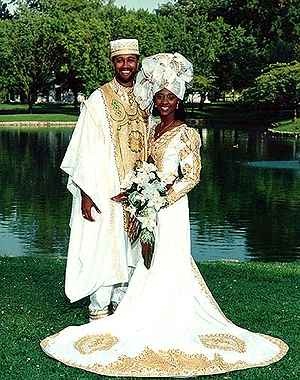
Amish
The Amish wedding ceremony is a very modest and simple affair. Invitations are delivered personally to each guest by the bride and groom. The bride's attire is usually very simple so it can be worn again. The Amish weddings are held generally after the harvesting season so that the guests will all be able to attend. Their weddings are held primarily during mid-week.
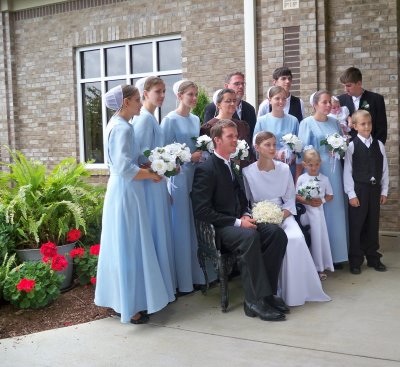
Arabic (Muslim)
Depending on the country or region a bride and groom come from, Arabic weddings may vary. Christian weddings in the Arabic world are very similar to those from Western countries. However, Muslim weddings in Arab countries are influenced by Muslim customs and traditions. Whether a Muslim wedding is arranged or not, they all begin with a Shaikh and Al-Kitab which is a book for the bride and groom. Men and women do not share the same space during the wedding ceremony or reception and are therefore separated. Depending on where they are from, the groom may or may not see the bride before the wedding day. During the ceremony, women symbolically mourn the loss of the bride by performing the "wedding wail". The bride's dress is usually a very splendid and ornate caftan. The bride's hands and feet are artfully painted with detailed, lace like patterns using a henna dye.
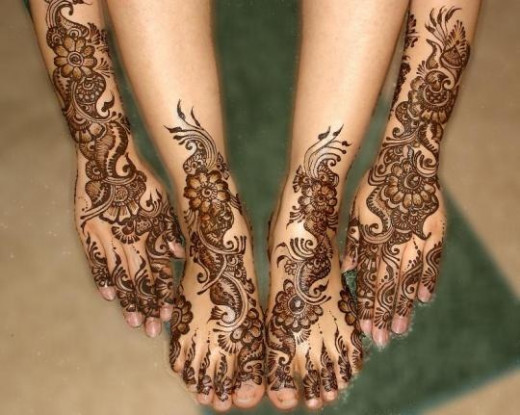
Chinese
The ancient Chinese culture is steeped in tradition. The color red is the predominant color used throughout the Chinese wedding theme. It signifies prosperity, joy and love. Everything from the invitations to the bride's attire are red in color. Prior to the wedding, the bride goes into hiding with her close friends. This act symbolizes her transition from a single woman to a soon- to-be married one but it primarily is meant as a period of mourning for the loss of her friends and family. Another Chinese tradition involves the family of the groom carrying a variety of wedding gifts in red baskets and boxes to the bride's house. Some containers have the bride's personal items to ensure that on the day of the wedding all of her possessions are in the groom's house. The bride goes through everything and three days before the wedding day, the bride's family come with gifts as well, including "returns" to the groom's family wrapped in red as well. The dates for Chinese weddings are chosen with astrology in mind. Also, the couple marries on the half hour because the hands are moving upward ensuring that they will begin their lives on an upward momentum. The groom is dressed by his parents on the wedding day. The groom goes to the bride's house bearing gifts wrapped in red in exchange for friends to "release" her so they can make their way to the ceremony. In some cases the couple kneel down in front of parents and serve tea symbolically asking for permission to go to the ceremony together. The wedding ceremony is attended by the couple, the parents and immediate family members. Before the reception the important tradition of the tea ceremony is performed. It is a formal ceremony where the bride must serve tea to her in-laws. Following pictures the couple will attend an extravagant reception. It is usually an affair where everyone stands. In receptions that are even more elaborate, there is a sit down meal with upwards to 10 courses. Following a welcoming speech the couple cut an extremely tall cake layer by layer to symbolize a ladder to success and they feed each other cake with arms entwined. The bride changes her attire at least three times during the reception.
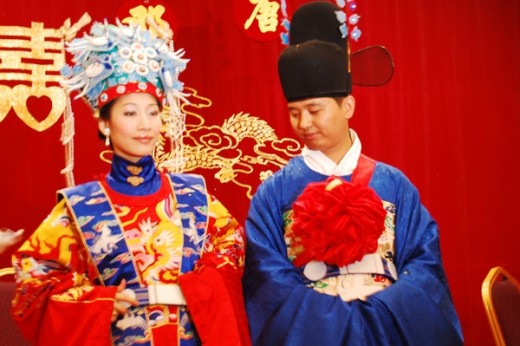
Amazon
Cuban
The Cuban culture is vibrant, colorful and full of life. It is not surprising that their weddings are filled with music and dancing. Every man that dances with the bride must pin money on her dress. Each guest brings a gift and they are all put on display on a large table. The bride and groom also give each guest a small gift.
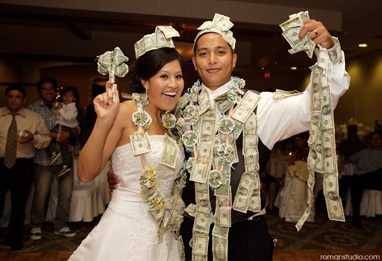
Czech
The Czech people have some very interesting wedding traditions. Prior to the ceremony, the marriage bed is blessed by placing a baby on it. This is to enhance fertility for the couple. The couple is presented to everyone on the steps of the church and then their "Starosta", which is a male sponsor or best man, gives them a lecture on their duties as a husband and wife. Each guest has a piece of rosemary pinned on them as another symbol of fertility. Following the ceremony, the bridal veil is removed and replaced with a traditional white matron's bonnet while the guests sing "Pisen Svatebni", the Czech wedding song.
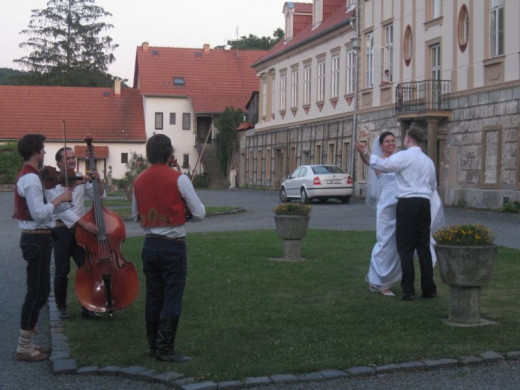
English
On the way to the ceremony young girls toss flower petals alongside the bride to symbolize a happy path in life. For good luck, the bride will also carry a horseshoe adorned in ribbons on her arm. The traditional wedding cake is a fruit cake. The top tier cake is referred to as the "Christening Cake" which is kept for the couple's first child's baptism.
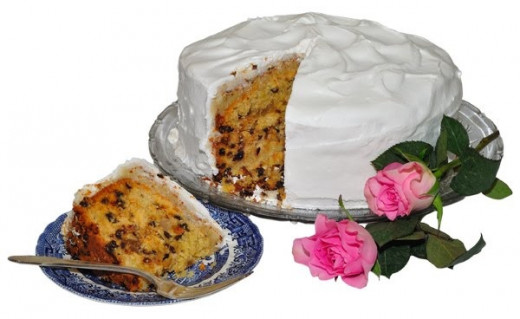
Filipino
The Philippines are rich in both culture, religion as well as marriage rituals. A very long time ago it was common practice for a man to throw a spear at the doorway of a girl he wanted for his wife. This was followed by the groom's family going to the bride's house to ask for her hand in marriage. The bride would wear her finest dress on her wedding day and the groom would wear a traditional outfit consisting of black pants and an embroidered shirt. Today the bride wears a traditional white gown and the groom will wear a black suit or tuxedo. Orange blossoms continue to be used in bouquets and decorations. Filipino weddings have many witnesses and sponsors, each with unique responsibilities. One witness will pin the Bride's veil to the groom's shoulder as a symbolic gesture of being one. Another places a cord around the couple's neck to bond them eternally. There is a unity candle with two smaller candles on each side which the couple lights together. Also, the groom gives 13 coins to the bride, symbolic of a faithful and prosperous life, which is blessed by their priest. Following the ceremony is a reception where there are traditional dances and guests pin money to the bride's dress. It's a Filipino custom to release doves symbolizing going together in peace.
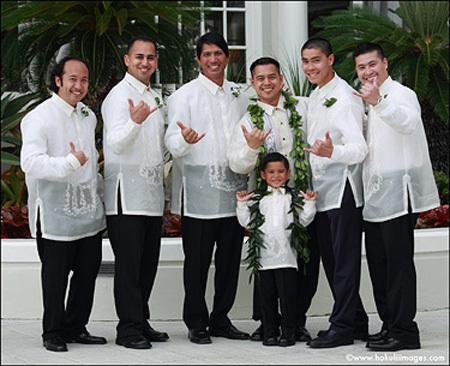
French
There are many elements and traditions of weddings which originated in France many centuries ago. For example the hope chest or trousseau idea came from there. Wearing a white wedding gown began hundreds of years ago. Also, the custom of using fragrant flowers, bridal bouquets and décor began there. Most weddings in France were held during the spring and summer months. In some small villages, it is tradition for the bride and groom to walk to the church together. Children stretch white ribbons across the road for the bride to cut. The groom is responsible for escorting his mother down the aisle prior to the ceremony procession. Following the ceremony, laurel leaves are tossed in the path of the bride and groom. At the reception it is customary for the couple to make a toast. After the toast they drink together from a special goblet which is usually a family heirloom. Following the reception, it is customary for people to show up at the couple's home singing and making noise in order to be invited in.
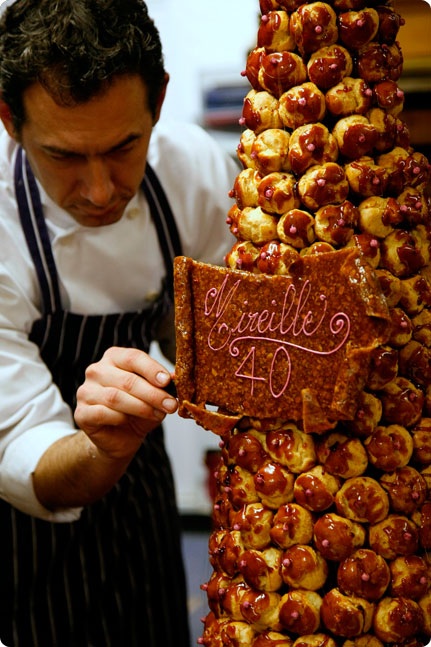
German
There is a very creative German pre-wedding tradition whereby family and friends put together a wedding newspaper, journal or booklet filled with pictures, stories or articles about the newlyweds which is later sold to the guests at the reception. A traditional German wedding sometimes lasts upwards to three days. The reasoning behind this is that the couple must first marry in a civil ceremony which is usually attended by family and close friends only. The second day, there is a big party hosted with many guests. It is considered good luck for guests to bring old dishes to break. The couple sweeps up the broken pieces together, symbolizing that all will be well in their lives and that nothing will ever break again in their house. On the third day, the couple has a religious ceremony. Traditionally the bride has no attendants except flower girls but modern brides tend to have bridal parties. As the couple departs from the ceremony they toss coins at the children. There is a reception following the ceremony. There are fun type pranks that take place at some traditional German weddings. For example, it is customary for the best man to "steal" the bride from the reception and take her to a local pub and the groom must find them. The groom gets stuck with the bill for whatever they drink, which is usually champagne. Later on in the evening the couple's close friends block all the exits at the reception with ribbons and garlands. When the couple is ready to leave for their honeymoon, the groom must pay a toll to exit. In most cases they leave with the promise of another party.
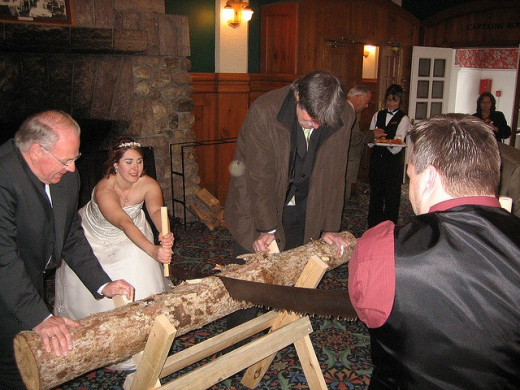
Indian
Indian weddings have many customs but a primary theme is the use of sweets, eggs and money symbolizing a sweet life, fertility and prosperity. Hindu wedding ceremonies include rituals to ward off evil spirits. Following the wedding vows the groom's father or brother throw petals on the couple then a coconut is held over the couple's heads and he circles around them three times. Also, the groom wears a turban with flowers hanging over his face to protect him from evil spirits. Indian brides traditionally wear pink and red saris on their wedding day and they also wear a great deal of elaborate jewelry. The day prior to the wedding the bride partakes in a traditional cleansing followed by her hands and feet being artistically hennaed with elaborate paisley and medallion designs. The Indian bride receives a special gift of a necklace that reflects her newly married status.
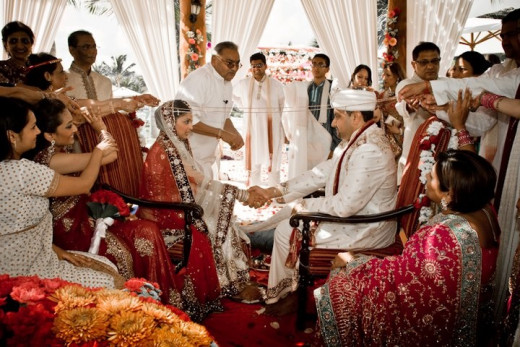
Amazon
Iranian
Iranian grooms used to purchase the ceremonial gown for the brides-to-be. The gown had ten feet of fabric that would be wrapped around the bride. It is an Iranian custom that a happily married woman wraps a translucent shawl over the couple's heads. Following the ceremony, two decorated sugar cones are shaved over the couple's heads for good luck.
Irish
The Irish have many traditions dating back many centuries. In centuries past, an Irish bride's gown would be blue. In ancient times, it was the color blue that symbolized purity. Things changed during the1500s when bride's began wearing white to symbolize purity and virginity. Another tradition is the braiding of the bride's hair for the wedding day because it is considered an ancient symbol of feminine power and luck. It is also considered good luck to wed on St. Patrick's Day. The bride's bouquet usually contains english lavender which is an ancient symbol of love, loyalty, devotion and luck. It is meant for a happy and long lasting life together. The Claddagh ring carries a great deal of importance and meaning. The ring consists of two hands holding a heart that is topped with a crown. The hands mean faith, the heart means love and the crown signifies honor. The Claddagh saying is "Let love and friendship reign." The way in which the ring is worn carries a great deal of significance as well. For example, a single woman wears the ring on the right hand with the heart facing outward. An engaged woman wears the ring on the right hand with the heart facing inward. A married woman wears it on her left hand. On the day of the wedding, the couple walk to the church together while guests throw anything from rice to pots and pans at them.
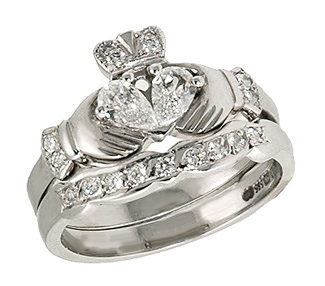
Italian
Italian weddings are replete with many traditions. In the past, the bride's mother prepared a trousseau before her wedding. The trousseau or dowry consisted of just about anything from linens and china to clothing. In most cases, items were put away as part of the trousseau from the time the bride was a young girl. The dowry often included money. Today this practice has been replaced by the bridal shower. On the day of the wedding, some grooms carry a piece of iron in their pocket to ward off evil spirits. The bride, in turn, wears a veil in order to mask her face from jealous spirits. A tear in her veil is considered good luck. It is considered bad luck for a bride to wear any gold on her wedding day until wedding bands are exchanged. Marrying on a Sunday is considered good luck. In certain parts of Italy, it is customary for the couple to walk to the church together. During their walk guests place items in their way as a symbol of how they will cope with married life. For example, if a child is in the bride's path and she stops to help him she will be a good mother. If she picks up a broom she will keep a neat house. In some areas of Italy, a couple show their unity in marriage by sawing a log in half before reaching the church. Another popular tradition in Italy is tying white bows on the doors of the church to symbolize unity between the couple. The actual wedding ceremony is called a "sposalizio" and the service or wedding mass is performed by a priest. Some choose to have a civil officiant perform the ceremony. Following the Mass, there is a reception with dancing and lots of food and drinks. Many different courses of rich, delectable foods are served followed by a veritable feast of sweets later in the evening. Guests bring envelopes or "buste" with monetary gifts. In return the guests are given small gifts or "bomboniere" with candy coated almonds or "confetti" attached, which symbolizes fertility. The party usually continues into the early morning hours.
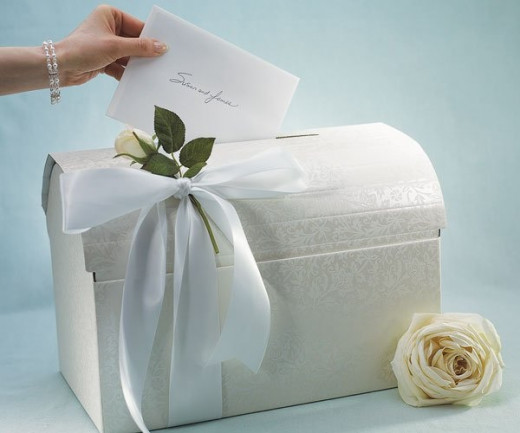
Japanese
On the day of the wedding a Japanese bride-to-be is painted white from top to bottom in order to declare her maiden status to the gods. She also wears a white kimono with an ornate headpiece to receive good luck for the couple. The kimono has a hood to mask her "horns of envy" from the groom's mother, who now becomes the head of the family. The groom wears a black kimono to the ceremony. During the ceremony the families face each other and not the couple. After the couple consumes nine cups of sake, they are considered married. The families and guests also drink sake symbolizing the bonding of the couple and families, both fathers then introduce their respective families. During the reception the bride changes into a red kimono and into a western style gown later on. The reception is a fun filled event where all the guests engage in games, karaoke and skits. Guests give the couple a "goshugi" or decorative envelope with a monetary gift. Couples generally marry during the spring and fall months owing to more favorable weather. Also, couples marry and honeymoon on certain dates for good luck.
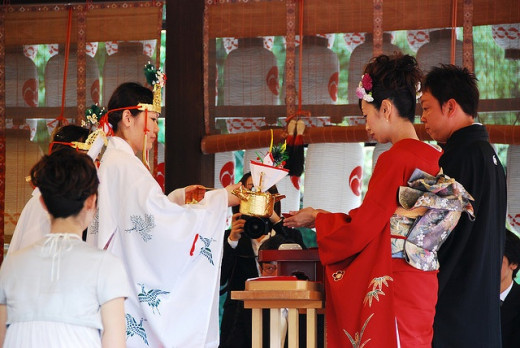
Mexican
Prior to the ceremony, the bride and groom are blessed at home by their parents. The groom presents the bride with 13 gold coins to symbolize his intent in taking care of her. A small chest of coins called the "Arras", symbolizing wealth and strength is blessed during the ceremony.
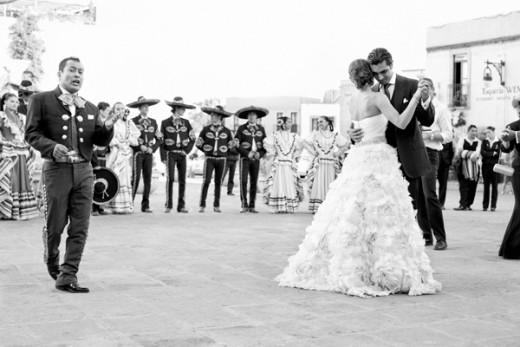
Polish
There is a custom called "Rospleciny" where the bride has braids that are unravelled by the bridesmaids. On route to the church, the couple's way is blocked by children that the best man must pay a "toll" to. The couple are met at the reception by their parents who give them the gift of bread and salt. They symbolize the prosperity and bitterness they may experience in life. The guests give the bride monetary gifts and in return she gives them a small gift in appreciation.
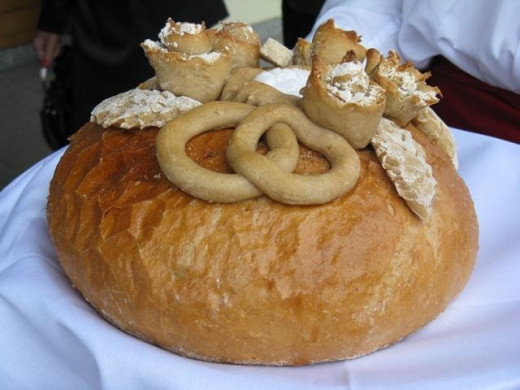
Portuguese
Portugal is rich in both tradition and heritage. They have many ancient wedding customs. However, today's young couples are opting for modern customs with a few old ones thrown in the mix. Following a Roman Catholic ceremony, the couple and guests go to the reception which is held in the home, restaurant or banquet facility. During the reception, guests are treated to lots of food such as the finest seafood, wine, dancing and traditional Portuguese music. Many toasts are made during the reception. The popular tradition of the money dance and the passing around of the bride's shoe are still practiced today. Young men pay for the privilege of dancing with the bride. Also, the bride's shoe is passed around in order to collect money. This is meant for the couple to get a good start in life.
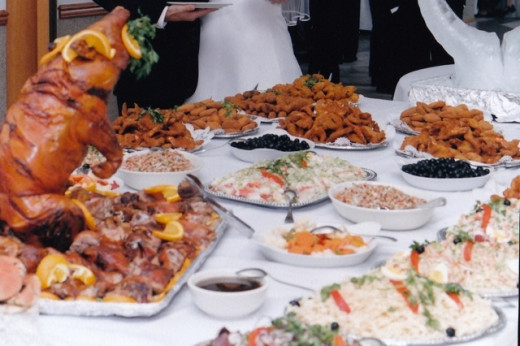
Spanish
Spanish bridal bouquets usually contain orange blossoms to symbolize happiness and fulfillment. Before the ceremony, the groom gives the bride a gift of 13 coins to signify that he will take care of her. The bride places them in a little bag and carries them to church with her. A Spanish bride used to wear a black silk wedding dress with a detailed black lace veil. The groom would wear an embroidered shirt, hand made by the bride-to-be. During the wedding reception guests dance the traditional "sequidillas manchegas" and give the newly married couple a gift.

Vietnamese
The groom leads a procession to the bride's house and family and friends join in along the way. Once they arrive at the bride's house, she is presented with gifts of clothes, jewelry and money. The groom's mother is the only one that does not join the procession to show that there is no rivalry between them.
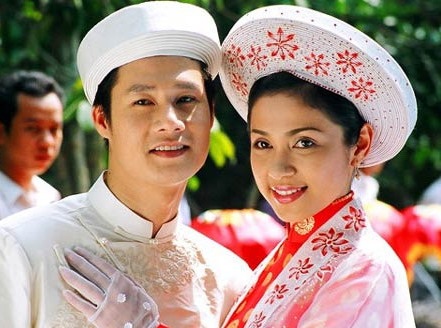
Finally........
As you can see, countries from every part of the world are rich with tradition and wedding rituals that date back to ancient times. Many couples today try to incorporate some of the old with the new, as a result creating some incredibly memorable and moving moments. Unfortunately, This article has only scratched the surface as there are so many other parts of the world with their own wonderful customs. Always remember to embrace each other's heritage because that is what makes you and this great, big world so special and unique.







